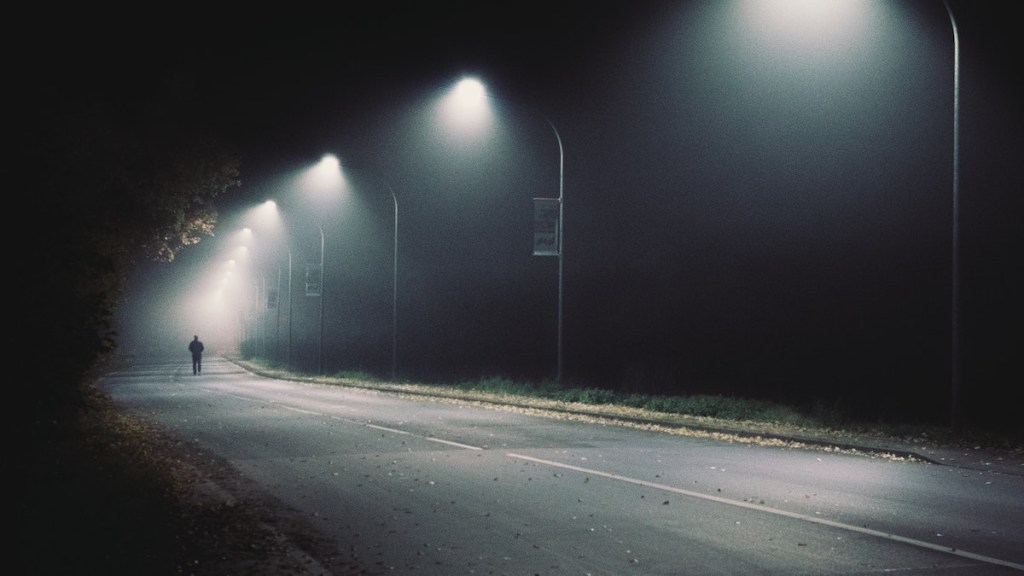Urban Development Minister of Delhi Saurabh Bharadwaj has approved the installation of an additional 70,000 street lights in the city, news agency PTI reported. This approval is in addition to the 2.1 lakh street lights that the Aam Aadmi Party (AAP) government had earlier planned to install in Delhi. The decision was made under the Mukhyamantri Street Light Yojana, a scheme launched in 2019 by Chief Minister Arvind Kejriwal to improve the safety of Delhi’s citizens by installing more street lights in different areas of the city.
The new initiative, approved by Bharadwaj, will see an additional 70,000 street lights installed in various constituencies of Delhi, with the target now set to increase from 2.1 lakh to 2.8 lakh street lights. The Delhi Urban Shelter Improvement Board (DUSIB) has been directed to complete the project within the given timeline.
‘Tremendous participation of Delhiites’
Bharadwaj explained that the decision to install more street lights was taken after observing the “tremendous participation” of the residents of Delhi in the Mukhyamantri Street Light Yojana. As a result, it was decided to install an additional 1,000 street lights in each of the 70 assembly constituencies in Delhi. Bharadwaj further emphasised the government’s commitment to ensuring the safety of women.
“The main objective behind this scheme was to remove dark spots and increase women’s safety across the national capital. In some of the areas, the work of installing these street lights is in the final stages,” an IE report quoted Bharadwaj as saying.
Lights equipped with timers, sensors
The presence of timers and sensors in these lights guarantees that maintenance officials will be alerted in the event of a malfunction or harm.
Under the Mukhyamantri Street Light Yojana, the installation responsibility was given to three different companies, and LED lights of 10, 20, and 40 watts were to be installed in different areas of the city. The latest approval to install additional street lights will further enhance the safety and security of Delhi’s citizens, particularly at night, and will also contribute to making the city more livable and sustainable.
